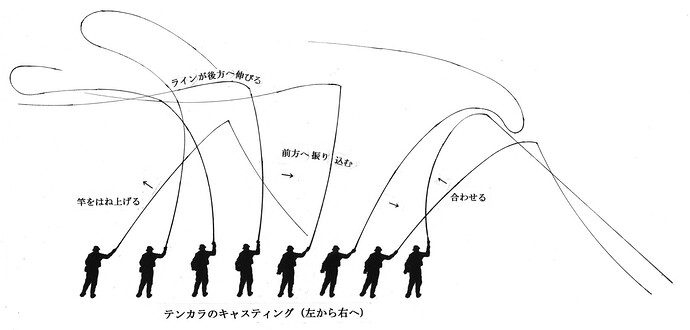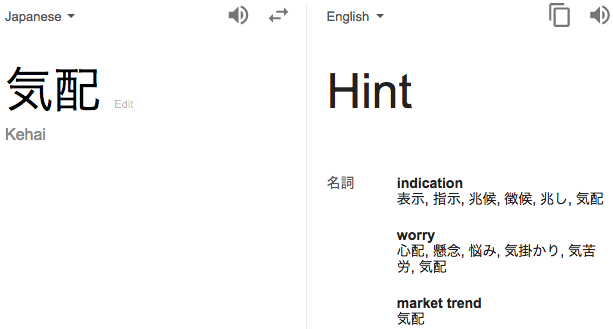As a general thumb rule I don’t think trying to learn kanji from Kanji books is a good idea. It just seems the wrong way to go about it. I have mostly just learned them from playing around on Tenkara websites, which has more Kanji associated with fishing than a general book about the Japanese language, that has very little fishing terminology.
And as has been pointed out in some of the above examples, the meaning is often different depending upon the sentence they are used in. And the way they are pronounced completely differently in different phrases is sometimes, well most times, difficult to grasp, and remember. Maddening on one side of the coin, but keeps it interesting on the other side of the coin.
For example, this is Water, 水 (mizu) . This is Water Surface, 水面 (suimen, or minamo), and this is Light Blue, 水色 (mizuiro), and this Water System, 水系 (suikei). You’re faced with a choice of mizu, sui, or mi. Growing up jumping back and forth across the Ohio River the worst I faced was whether 5 is fiive, or fiave. Or if I should say Ya’ll or You’uns. Or whether the thought of eating grits brought a smile or a yuk. 
But that being said, if you have learned Hiragana, Katakana, and know what Furigana (振り仮名) are. I found that the Clay and Yumi Boutwell book, Kanji 100, is fairly useful.
I have probably learned more about the Japanese language (日本語) from George Trombley’s books, Japanese From Zero series , than any other books, JPZ 1 concentrates on Hiragana, and JPZ 2 adding Katakana. Though of course many Kanji are introduced along the way in both books, and in Vol 3 & 4 that I have not yet gotten to. I can only take so much formal self study.
Tae Kim’s app for iPad takes a totally different approach, no reliance on Romaji after the Hiragana, and Katakana are covered in the first two lessons. Straight to Kanji. Total immersion has it’s merits, especially if you have a great memory. I don’t. But I keep jumping back and forth between the two approaches to learning.
Anyway, last evening I discovered George Trombley published a new book in Nov. Kanji From Zero 1. The look inside feature is decently long. Lots of examples can be seen. It does a good job of showing the correct phonetics, that are often shown with the wrong phonetic in google translate. Showing the Onyomi (Chinese pronunciation) when it should use the Kunyomi (Japanese pronunciation or voicing) or vice versa.
And it does a decent job of explaining a broader description of their meaning. Which may be useful in helping to better understand the meaning of what is written on Japanese Tenkara websites, if you explore them. Maybe worth a look if you know Hiragana, Katakana, and already know several Kanji. I know several by sight, what they mean, but maybe not always recall how to say them. Here is one example - I know this Kanji 同 means “the same”, but I usually don’t remember the Romaji for it. But if I see a sentence, a diagram of a rod and line, that has these phrases in it, 竿・レベルライン・同・長さ, I still know it means the level line is same length of the rod. Because I already know and remember 竿, 長さ, and レベルライン. Or if I see 同じ+ 1。5m I know one is 1.5m longer than the other. Most often if I want to do a google search with 同 I just have to draw it. And then I see 同 is dou / dō, and 同じ is onaji.
Maybe worth a look if you already know some basic Japanese and would like to learn more in a concentrated format.
Even if you can’t remember the Romaji , you might remember the meaning.
https://www.amazon.com/Kanji-Zero-Techniques-Integrated-Workbook/dp/0996786317/ref=la_B00J0I6L9W_1_3?s=books&ie=UTF8&qid=1485575932&sr=1-3
https://www.tofugu.com/japanese/onyomi-kunyomi-kanji/


